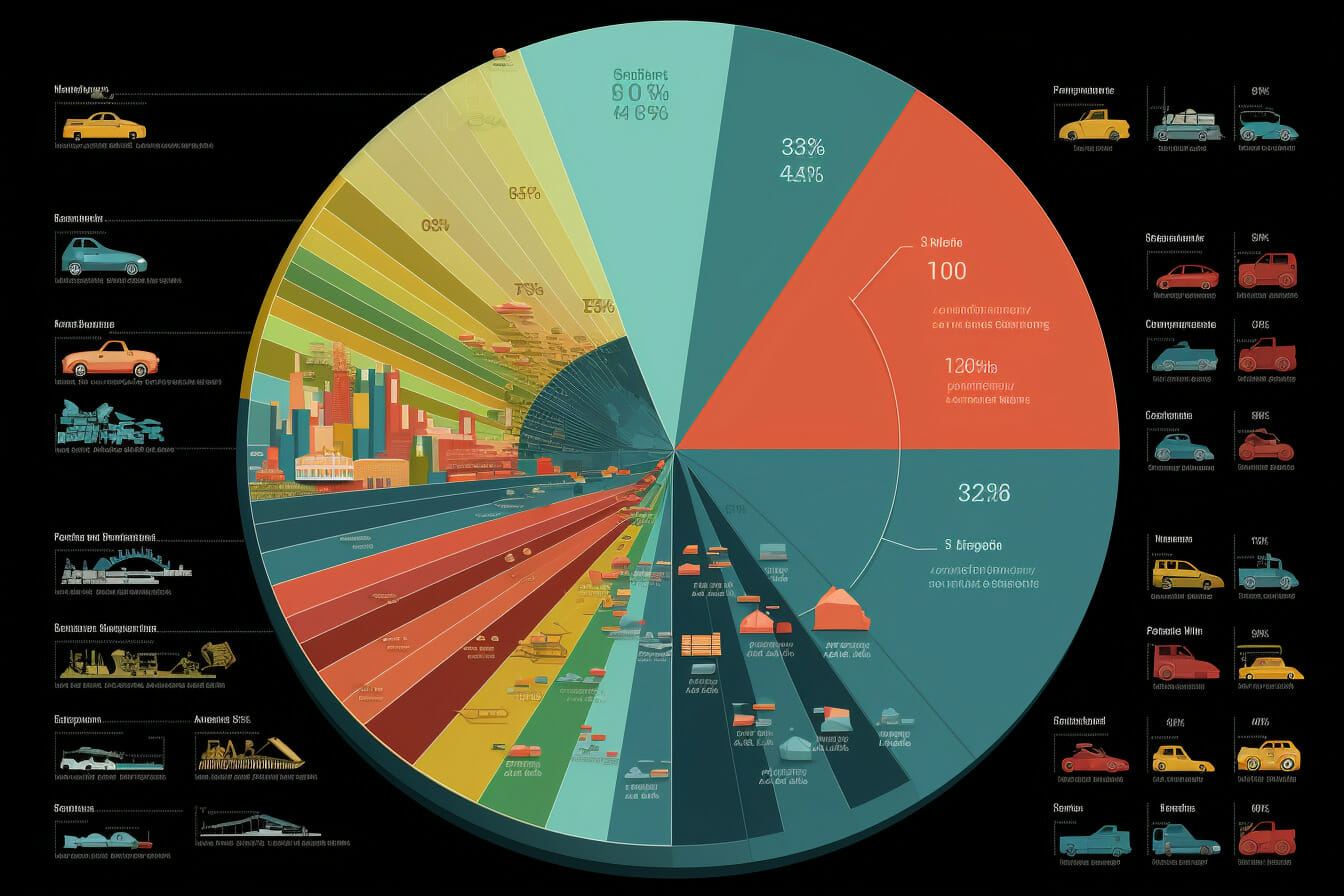Understanding Operating Expenses in Business
Operating expenses can make or break your business’s profitability. In this article, you’ll delve into the nuts and bolts of business costs, learn effective ways to track daily expenses and discover strategies to manage your financial outflow.
You’ll also explore techniques to minimize expenditure and understand the significant impact of cost management on profitability. Let’s unravel the mystery of operating expenses together and boost your bottom line.
Table of Contents
Understanding the Components of Business Costs

You’ve got to grasp the different components of business costs to calculate your operating expenses accurately.
First off, it’s crucial to understand that business costs are typically divided into two main categories: fixed and variable costs.
Fixed costs don’t change, regardless of your business’s output. Think of rent, insurance, and salaries. These costs are consistent and predictable.
On the other hand, variable costs fluctuate based on your business activities. For instance, if you’re running a manufacturing firm, your cost of raw materials will change relative to the number of units you produce.
By understanding these components, you can better calculate your total operating expenses, enabling you to make informed financial decisions that can help boost your business’s profitability.
Methods for Tracking Day-to-Day Expenses
Keeping track of your daily costs can be accomplished through various methods.
One option is to use finance apps like Mint or QuickBooks. These apps allow you to monitor your expenses in real time. They are user-friendly and offer features like alerts on unusual spending.
Alternatively, you could create a spreadsheet using Excel or Google Sheets. You can easily keep track of your costs by inputting your expenses daily and using formulas for automatic calculations.
You can use a physical ledger if you prefer a more traditional approach. Simply jot down your expenses daily and tally them up weekly or monthly.
Whichever method you choose, consistency is critical. Make it a habit to record your expenses regularly, and you’ll have a clear picture of your operating costs.
Strategies for Managing Your Financial Outflow

Managing your financial outflow effectively can be a game-changer in achieving your financial goals. Developing strategies that ensure your hard-earned money isn’t slipping through your fingers is crucial.
Firstly, create a budget and stick to it. It’s a simple yet powerful tool that gives you control over your money.
Secondly, automate your savings. It’s a hassle-free way to ensure you’re consistently saving.
Also, don’t ignore your debts. Pay them off as soon as possible to avoid accumulating interest.
Moreover, cut back on non-essential expenses. It’s surprising how much you can save by making small changes in your lifestyle.
Lastly, invest wisely. It’s not just about saving, but also growing your money. With sound financial management, you can ensure your money works for you, not against you.
Techniques to Minimize Business Expenditure
Cutting down on business expenditures isn’t just about saving money; it’s about increasing your company’s profitability. You can leverage different techniques to minimize your operating expenses.
Start by streamlining your processes. Take a close look at your business operations and identify areas of redundancy or inefficiency. You can then implement automated solutions to trim wastage.
Next, consider outsourcing non-core functions. This allows you to focus on your principal business activities while reducing costs associated with hiring and training staff.
Finally, always negotiate with suppliers. You’d be surprised at the cost savings you can achieve by simply haggling for better prices or payment terms. Remember, every dollar saved is a dollar added to your bottom line.
Impact of Cost Management on Profitability

You’ll find that effective cost management plays a crucial role in boosting your company’s profitability. You can significantly improve your bottom line by closely monitoring your operating expenses and managing them wisely.
Reducing unnecessary costs doesn’t mean compromising the quality of your services or products. Instead, it’s about making intelligent decisions, like streamlining operations, using technology to automate tasks, and negotiating with suppliers for better prices.
Moreover, efficient cost management gives you a competitive edge. With lower operating expenses, you can afford to price your products or services more competitively, attracting more customers and increasing sales. Remember, every dollar saved in operating costs adds to your profits.
Effective cost management, therefore, can make your business more financially stable and prosperous.
Frequently Asked Questions
What are operating expenses?
Operating expenses are the costs incurred by a company in its day-to-day operations. These expenses include the cost of goods sold, administrative expenses, selling expenses, and other expenses related to operating activities.
How are operating expenses included in the income statement?
Operating expenses are included in the income statement as a deduction from revenue to calculate the operating income or operating profit. They are subtracted from the gross profit to arrive at the active income.
Can you give an example of operating expenses?
Operating expenses include rent, utilities, salaries and wages, advertising expenses, depreciation, repairs and maintenance, travel expenses, and insurance premiums.
What is the difference between operating expenses and non-operating expenses?
Operating expenses are the costs directly involved in the day-to-day operations of a business. In contrast, non-operating expenses are not directly related to a company’s core operations, such as interest expenses or losses from the sale of assets.
How do you calculate the operating expense ratio?
The operating expense ratio is calculated by dividing the total expenses incurred by the total revenue. It measures the percentage of income that is consumed by operating expenses.
What is the difference between operating expenses and capital expenditures?
Operating expenses are the costs incurred in the day-to-day operations of a business, such as rent or salaries. At the same time, capital expenditures are expenses related to acquiring or improving long-term assets, such as buying new machinery or renovating a building.
Are general and administrative expenses part of operating expenses?
Yes, general and administrative expenses, such as salaries of office staff or office supplies, are included in operating expenses as they are essential for the day-to-day operation of a business.
What are variable costs included in operating expenses?
Variable costs, such as raw materials or direct labor costs, are included in operating expenses as they vary with the level of production or sales. These costs increase or decrease in direct proportion to the business activity.
What is the difference between operating expenses and the cost of goods sold?
Cost of goods sold (COGS) is the direct cost associated with producing or purchasing the goods or services sold by a business. At the same time, operating expenses are the costs incurred in the day-to-day operations of a business.
Conclusion
So, you’ve delved into business costs, from understanding components to tracking your expenses. You’ve learned strategies to manage your outflow and techniques to trim costs. And, importantly, you’ve seen how cost management boosts profitability.
Don’t underestimate the power of managing expenses. It’s crucial for your business’ survival and growth. Keep up the good work and watch your profits soar!













